Colours: they are part of our every day lives and a wonderful topic to introduce to children of all ages. In this post you will find details of a simple unit study to help you and your children learn and explore colours.

A unit study is an educational approach that focuses on a specific topic, theme, or subject area, integrating various subjects like math, science, history, and language arts into a cohesive learning experience. Instead of teaching each subject separately, a unit study allows students to explore a topic in depth, making connections across different disciplines.
Incoporate this mini unit study into your home education schedule or use it at anytime to try out some fun activities as a family. It can easily be customised to fit the resources you have at hand and to suit your teaching approach and your children’s learning style.
Before I detail the unit study though let’s discover how children learn their colours, why colour matters and what exactly is colour theory.
How do Children Learn Colours?
It is always easier to facilitate learning when children are exploring a topic they enjoy. Children love colours and experimenting with colours through art and science and who can blame them, colours are central to our way of life. Introducing children to colours can start from babyhood. Children learn best through an immersive playful experience and with colours that can be as simple as describing the colours of their clothing as you put them on and their toys as they play with them, pointing out different colours of vehicles as they pass, and playing “I Spy Colours” either in the house or out and about. Learning about colours can also be more structured by incorporating books, songs and hands on activities to reinforce their unscripted learning.
Why does Colour Matter?
We know that a picture is worth a thousand words but why does colour matter? Well colours can be used to convey universally agreed messages such as red for stop and green for go, they can influence our moods, and warn us about dangers. For example in nature colour is widely used by insects, fungi, snakes and many more living organisms to communicate with us that we need to stay away, colours such as yellow, orange, red and black are accepted as warning colours by both prey and predators. These colour combinations have since been adopted by humans for use by the helpers in our community such as the emergency services. Colour has been extensively researched in every field from healthcare to sales and design to architecture because of its recognised influence on people.
What is Colour Theory?
In its most basic form colour theory is the mixing of colours, the creation of colours and knowing which colours look nice together. Colour Theory and the Colour Wheel are a design principle and a tool, respectively, used by artists and industry professionals to create visually appealing colour combinations. In this lesson we will learn about the colour wheel and the three classifications of colours; the Primary, Secondary and Tertiary colours. The Primary colours are red, yellow and blue and these colours cannot be created using other colours, in other words they are the baseline. The secondary colours are created by mixing two of the primary colours; red and yellow for orange, red and blue for purple and yellow and blue for green. Finally, the tertiary colours are created by mixing a primary colour with a secondary colour, for example red (a primary colour) with orange (a secondary colour) creates red-orange (a tertiary colour).
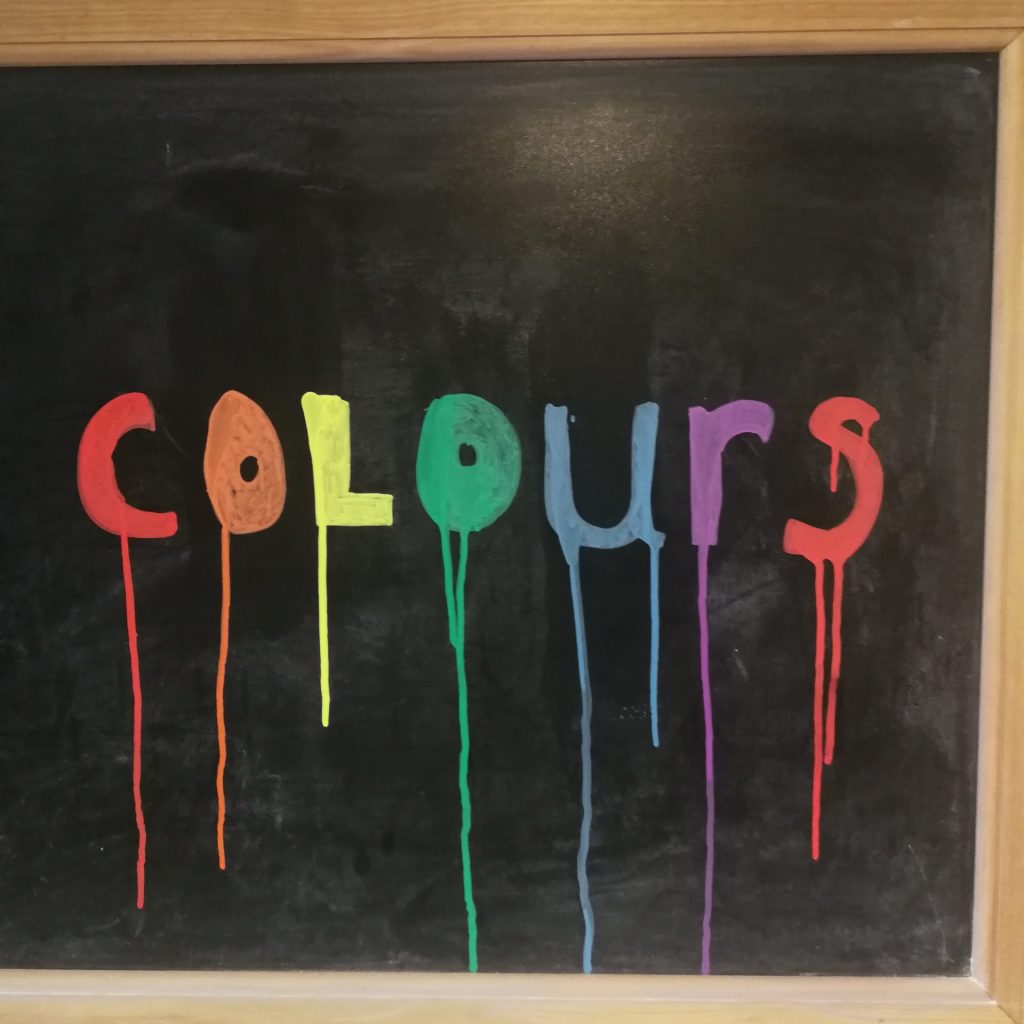
The Introduction to Colours Lesson Plan
Now that I have discussed how children initially learn their colours as babies and toddlers, why we should learn about colour and what colour theory is, we can move on to our Introduction To Colours Lesson Plan. I put together this lesson plan with the intention of providing a quick introduction to the colour wheel and colour theory to my 3 homeschooled children, aged 4, 8 and 10 years at the time we did this. This lesson needed to be interesting to a range of ages, simple enough for the 4 year old while being challenging enough for the 10 year old, easy for me to both set up and implement with a baby in tow, I also had a 1 year old to consider. Finally, it had to cater to the different learning styles of my children; visual, kinesthetic, aural and reading/writing. I wanted to be able to get through the lesson in one day and cover all the core homeschool topics, i.e. maths, english language and reading.
Intended age range: 4 to 10 years (with wiggle room)
Lesson Objectives:
- be able to identify and name the 3 primary colours
- know that the primary colours cannot be created from other colours
- match colours and sort items into groups
- graph the results of the classified items
- be able to name and create the 3 secondary colours
- know about the existance of the tertiary colours
- use a range of mediums to mix colours
- create a colour wheel from chosen medium
- understand that some colours have links to emotions, symbols and nature
Basic Supplies
The resources and supplies I list below are simply suggestions, these activities can be adjusted to suit the resources you have at hand in your home or available from your local library.
This post contains affiliate links, which means Barefoot Bliss and Books make a small commission at no extra cost to you. See the full disclosure here.
Books on Colour:
You do not have to stick to the books that I have listed, any books that cover colours and colour mixing will be sufficient for this lesson. The only book I would say is desirable is The Day the Crayons Quit as it feeds into the writing prompt.
Colour Sorting Resources:
The colour resources you use for this lesson can be anything from around the house from a box of crayons to the toys you already own to looking out the window and counting the colours of passing cars. I am listing some suggested items that I have found useful below in case you want to purchase something specific.
Other Basic Supplies:
These are the basic supplies that you may find helpful when completing this lesson plan.
- red, yellow and blue paint (tempura, watercolour or acrylic)
- paint brushes
- crayons, markers and chalks
- paper
- tray for mixing paint or an empty egg carton will do
- red, yellow and blue playdoh, polymer clay or foam air drying clay
- A selection of coloured objects either from round the house or from the suggested colour resources above.
Setting up the Lesson
Before the lesson started I made some playdoh using the recipe below, this would work fine with any store bought playdoh as well, and I did use some store bought playdoh when my homemade batch ran out. Children do love being involved in the playdoh making stage so if you have the time to include them do, just be aware that the food colouring can stain their hands, which is why I went ahead and prepared it myself ahead of time.
Recipe For Home Made Playdough
- 2 cups of plain flour.
- 3/4 cup salt.
- 4 teaspoons cream of tartar.
- 2 cups lukewarm water.
- 2 Tablespoons of vegetable oil (coconut oil works too)
- Food colouring; red, blue and yellow
- Optional: you can add essential oils to make the playdoh smell nice
You could also set out your paints if you plan to use those and gather any coloured items you plan to incorporate into a colour sorting activity.
Learn and Explore Colours
I always like to have a soft start to a learning day so I started the lesson with this song on colours and although it may be aimed at a younger audience the older ones were happy to sit through it. If you have only older children feel free to skip this or replace it with a more appropriate song / video.
Once we listened to the song we then had a discussion and I gave the children time to think and wonder about their answers:
- What is colour?
- What is your favourite colour(s)?
- What could you draw with your favourite colour(s)
After the discussion I handed out crayons, coloured pencils, felt tip markers and blank paper for them to draw an item with their favourite colour(s) while I read the book Mouse Paint to my youngest and allowed the older two to watch this TED-Ed talk on “What is Color?” Please note that I wouldn’t expect the older two to explain colour in the way it is explained in this video but I do think introducing them to difficult concepts from an early age frequently can help with long term understanding, especially with science subjects.
If you don’t have a copy of Mouse Paint you can either read any book that introduces colours and colour mixing or watch the book being read aloud on this YouTube video.
Primary Colours
At this stage we have introduced colours and discussed which colours we like so I now named the primary colours; red, yellow and blue. I told the children that these colours can not be created from any other colour but can create every other colour. There is some debate over what the true or modern primary colours are but I felt that was muddying the water to discuss on the first day. I handed out the playdoh to the children and asked them to tell me the name of the primary colours and to set their playdoh balls on the table in a circle.
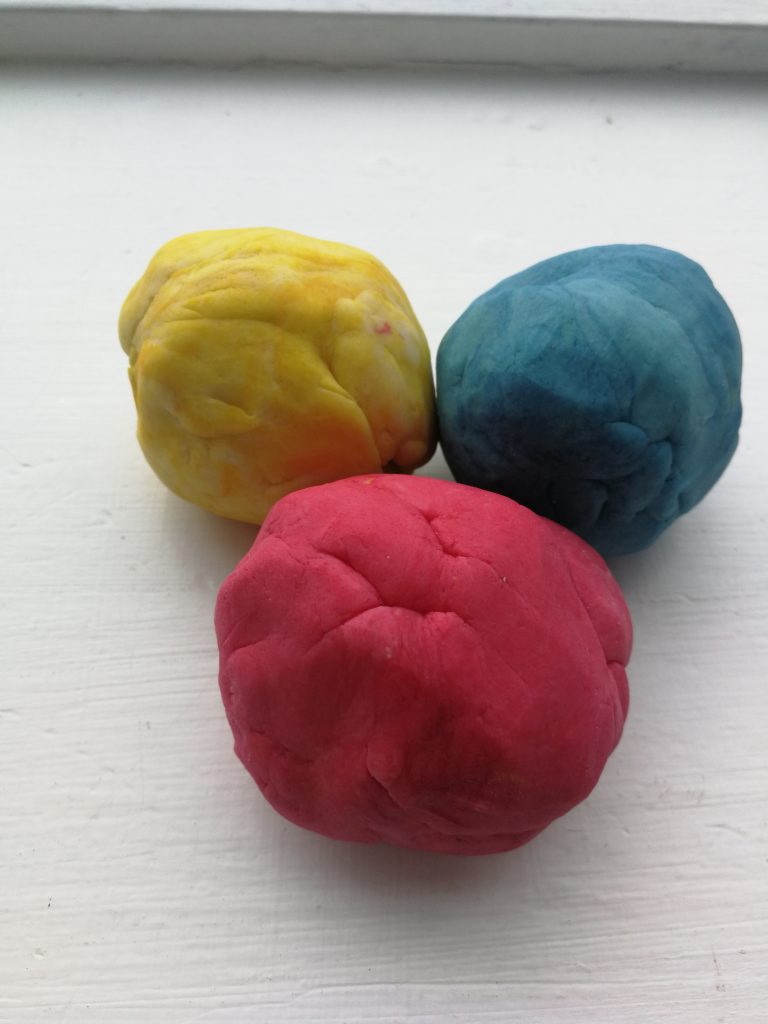
Matching Colours, Sorting Items and Graphing Results
Time to introduce some hands on maths activities. I grabbed some colour sorting resources and asked the children to sort the items into groups. The items were red, yellow, blue, orange, green and purple. I varied the type and number of items of each colour. For the 4 year old I simply gave him some coloured dinosaurs and some coloured papers and asked him to place them on the correct page. I then helped him to create a quick pictogram of his results. For the older two I asked them to think of ways they could display the results of their sorting activity. They quickly came up with creating a bar chart for the different colours but then I asked them to extend this to differentiate between the types of items they have been given, i.e. farm animals, fruits, chains and crayons. After the graphing activities I left the children to play with the coloured objects and their playdoh while I made a snack.
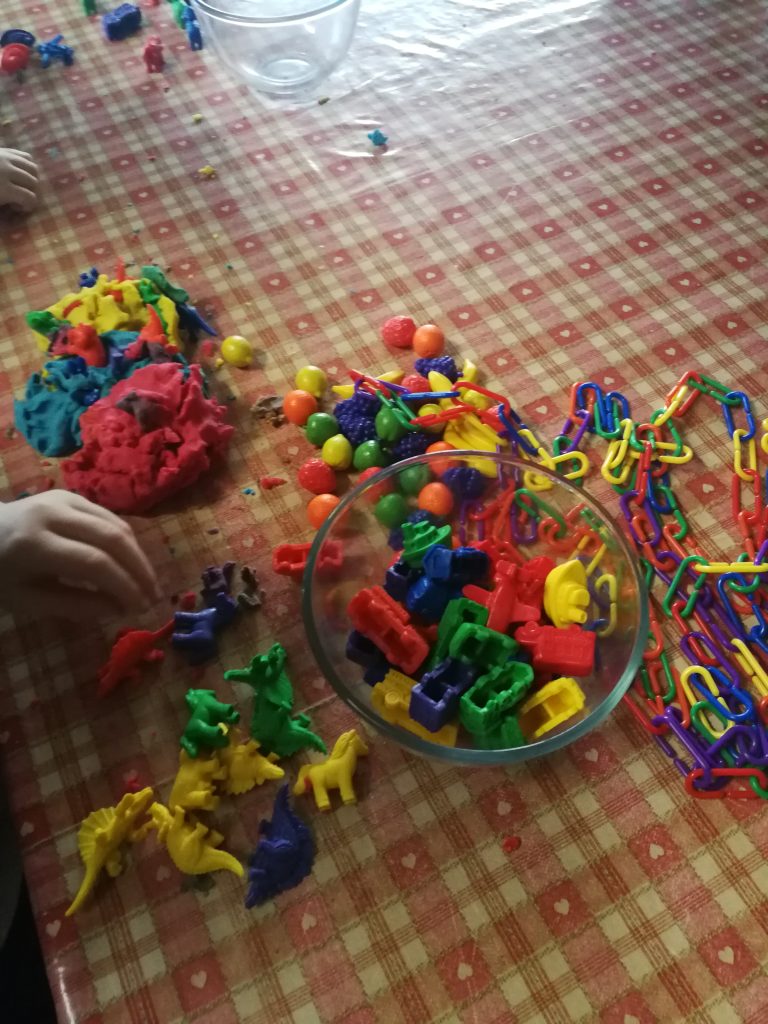
Secondary Colours and The Colour Wheel
Once they were all fed, and we all know keeping them fed is how we keep them happy, they then mixed the primary coloured playdough to create the secondary colours; orange, green and purple. The kids took turns in saying which secondary colour would be created with the two primary colours.
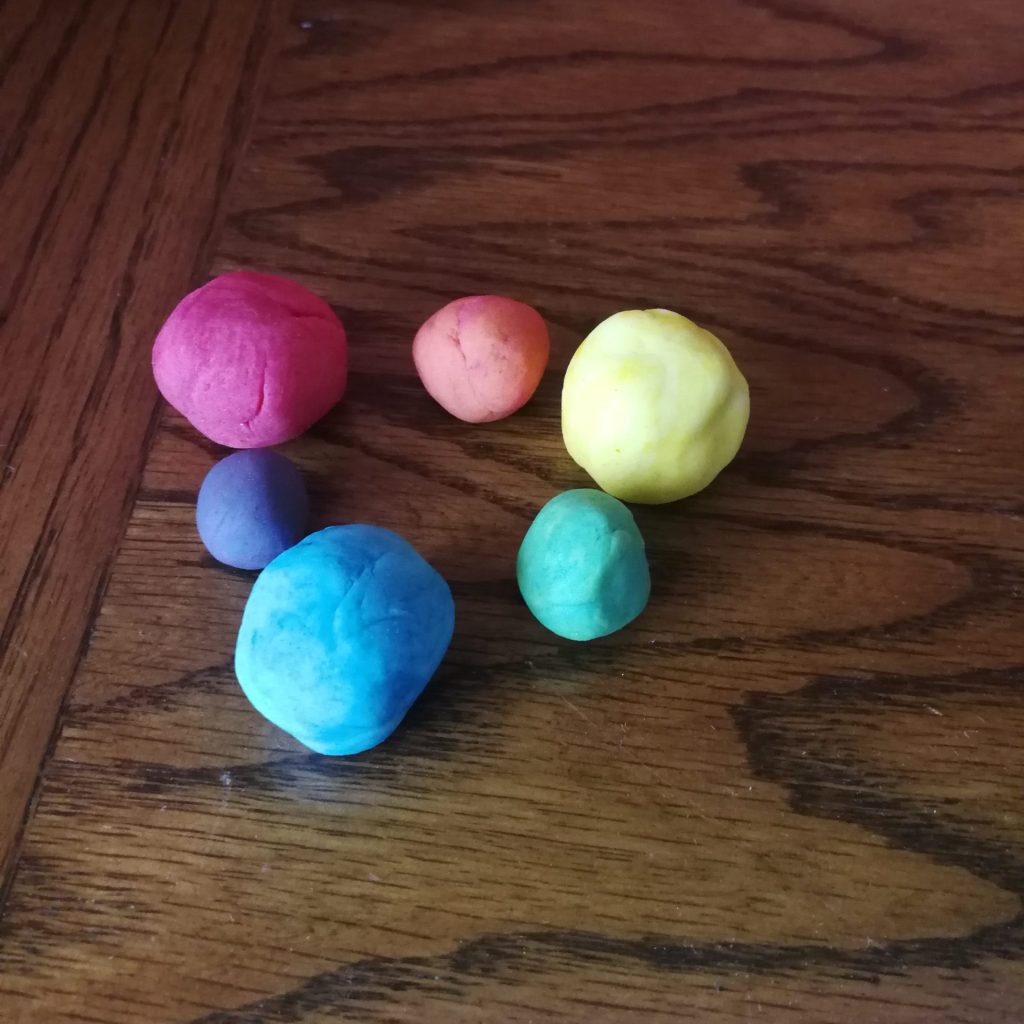
Next I read the colour kittens to the youngest,
while the older two wathed a video on creating a colour wheel with the primary and secondary colours:
And I then got out the paints for them to create their own.
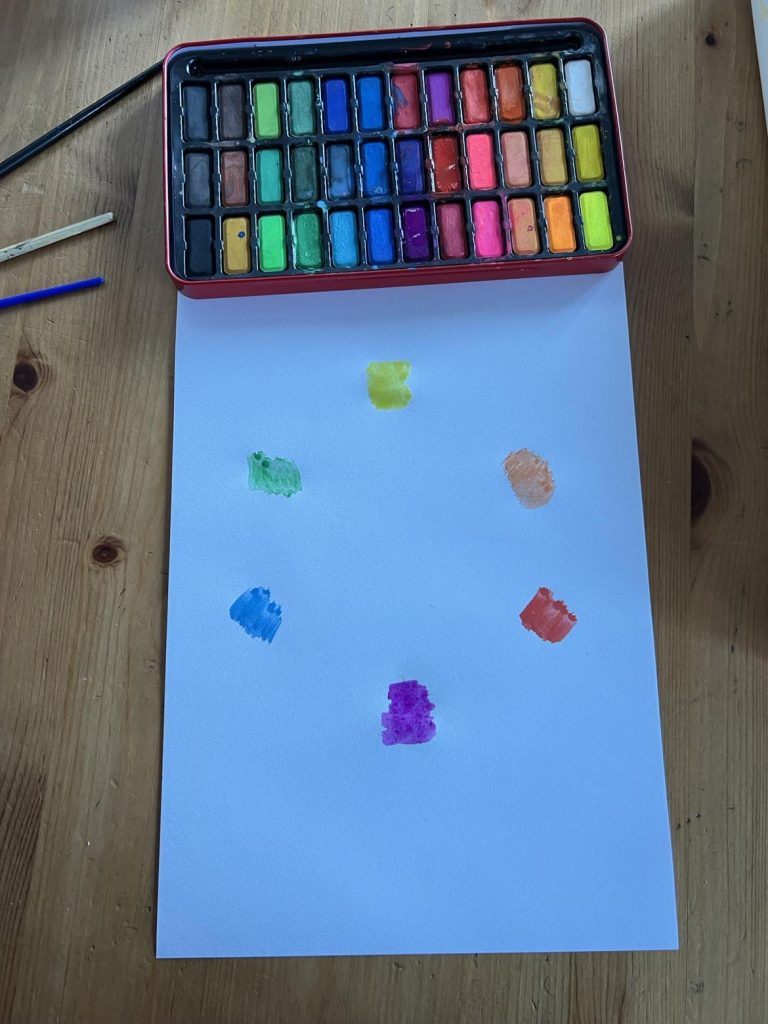
We left plenty of space so that they could add the Tertiary colours at a later time.
Tertiary Colours
At this stage I let the youngest simply play with the coloured items and playdoh. I discussed the tertiary colours with the older two and suggested we finish the colour wheel.
Written Work
Our written work for the day was “My Favourite Colour” for the youngest and a letter from Duncan to the crayons for the older two, which was inspired by reading The Day the Crayons Quit.
End Discussion
This was a full day and to finish off we discussed whether colours have feelings, sounds or smells? And I introduced the idea of synesthesia and how the artist Kandinsky could hear colours.
My final question to the children was, “What did you find most interesting about today?”
Extensions for Older kids
There are a lot of activities that we have since used as extensions for the older kids in relation to the study of colour such as light reflection and refraction, colour extraction from nature finds, the anatomy of the eye and colour blindness and chromatics.
What’s Next with Learning Colours?
If this introduction to colours lesson plan has been useful then you may be interested in taking this unit study further to explore the warm and cool colours, different colour schemes, the complimentary colours, the shades of colours and to then combine these explorations with relevant artist studies.
Please tell me in the comments what you would add to this day of learning.
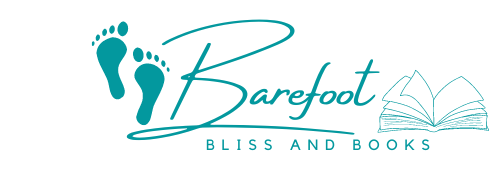
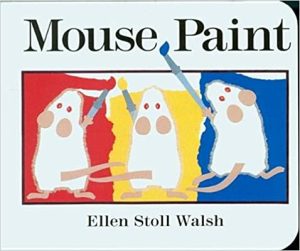
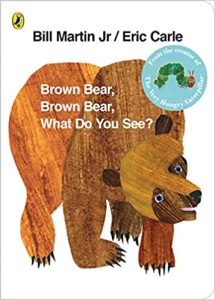
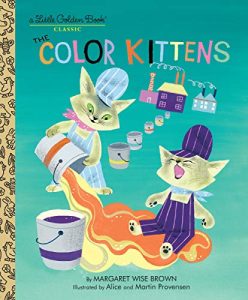
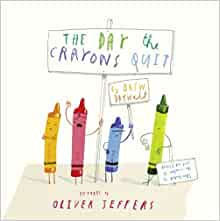
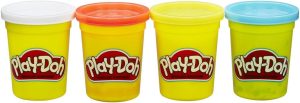
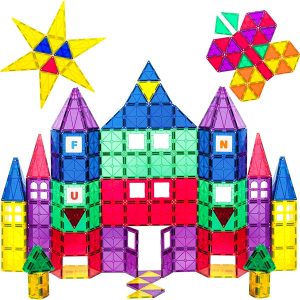
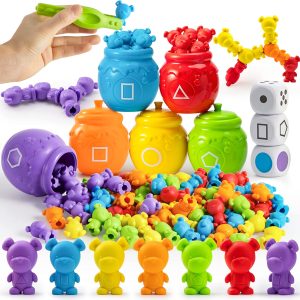
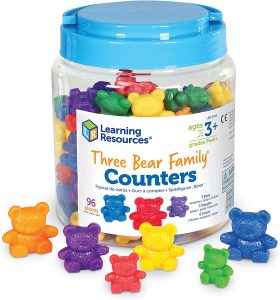
This is such an interesting post and so packed with good ideas that inspire! Thank you for this informative article!
Thank you Jeanie-Marie I am glad you found it useful
Wow! What incredible resources you included here!! I’m going to play the videos straight from your website when the kids are ready today. Thank you for this amazing lesson plan! This will save me a ton of time and honestly, I don’t incorporate much video into our homeschool. This will be a nice change of pace!
Hi Rebekah I hope the lesson went well. I like to incorporate some video as it gives my voice a rest
Thank you for this great resource, esp the book recommendations!
Hi Jamie thanks for commenting and I hope you find the books useful
This is an interesting post! We plan to homeschool and sources like this help. Thank you for sharing!
I am glad you found it interesting Mariah. Thank you for commenting!